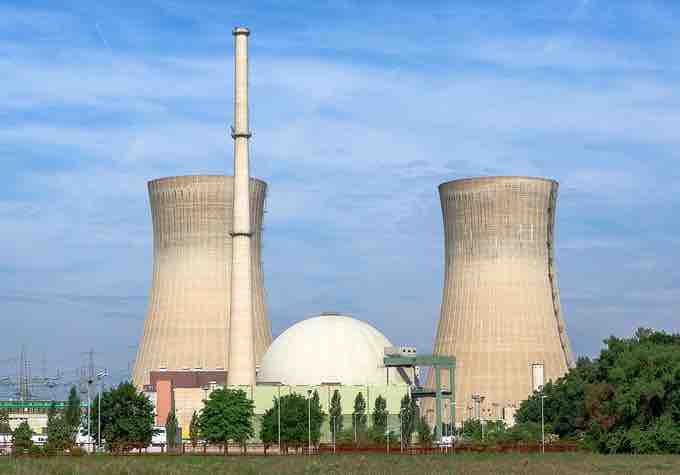Present Levels of Earth's Energy Sources
Most of the world's energy resources are from the conversion of the sun's rays to other energy forms after being incident upon the planet. Some of that energy has been preserved as fossil energy and some is directly or indirectly usable, such as via wind, hydro- or wave power.
The amount of energy the sun provides has been measured by satellite to be roughly 1368 watts per square meter, although this amount fluctuates by about 6.9% during the year due to the Earth's varying distance from the sun. This value represents the total rate of solar power received by the planet, although only about half, 89 PW (PW = petawatt, which is equivalent to 1015 watts; a watt is equal to J/s), reaches the Earth's surface. The estimates for remaining non-renewable worldwide energy resources vary; the remaining fossil fuels total an estimated 0.4 YJ (1 YJ = yottajoule, or 1024 J) and the the energy available from nuclear fuels such as uranium exceeds 2.5 YJ. Fossil fuels range from 0.6 to 3 YJ, if estimates of reserves of methane clathrates (methane gas trapped in ice deposits on the ocean floor and in Antarctic ice cores) are accurate, and if these methane clathrates could become technically extractable. The total energy flux from the sun is 3.8 YJ/yr, which dwarfs all non-renewable resources.
Current Energy Consumption Trends
In 2008, 81% of our energy supply was from fossil fuels (33.5% oil, 26.8% coal, 20.8% gas, individually) while 12.9% was categorized as "other" (hydro, peat, solar, wind, geothermal power, biofuels, etc.), and 5.8% was nuclear. Oil was the most popular energy fuel, and oil and coal combined represented over 60% of the world energy supply in 2008. As of 2010, use of fossil fuels as an energy source comprised over 80% of total energy consumed.

Global energy use by source, 2010
Fossil fuels remain our primary source of energy. Renewable energy sources only comprised 16.7% of our energy in 2010.
Coal fueled the industrial revolution in the 18th and 19th centuries. However, with the advent of the automobile, airplanes, and the growing use of electricity among consumers, oil became the dominant fuel during the 20th century. The growth of oil as the largest fossil fuel was further enabled by steadily dropping prices from 1920 until 1973. However, after the oil shocks of 1973 and 1979, during which the price of oil increased from $5 to $45 per barrel, there was a shift away from this particular resource. Nowadays, coal, natural gas, and nuclear power are the most popular fuels for electricity generation.
Recent conservation measures have greatly increased energy efficiency. In the U.S., the average car has more than doubled the number of miles per gallon. Japan, which bore the brunt of the oil shocks, has also made spectacular improvements to its technology. Now Japan has the highest energy efficiency in the world.
Nuclear Power
As of December 2009, the world had 436 nuclear reactors. Since commercial nuclear energy began in the mid 1950's, 2008 was the first year that no new nuclear power plant was connected to the grid, although two were connected in 2009. Annual generation of nuclear power has been on a slight downward trend since 2007, decreasing 1.8% in 2009 with nuclear power still meeting 13–14% of the world's electricity demand.

Nuclear power plant in Germany
Nuclear (fission) power stations, excluding the contribution from naval nuclear fission reactors, provided about 5.7% of the world's energy and 13% of the world's electricity in 2012.